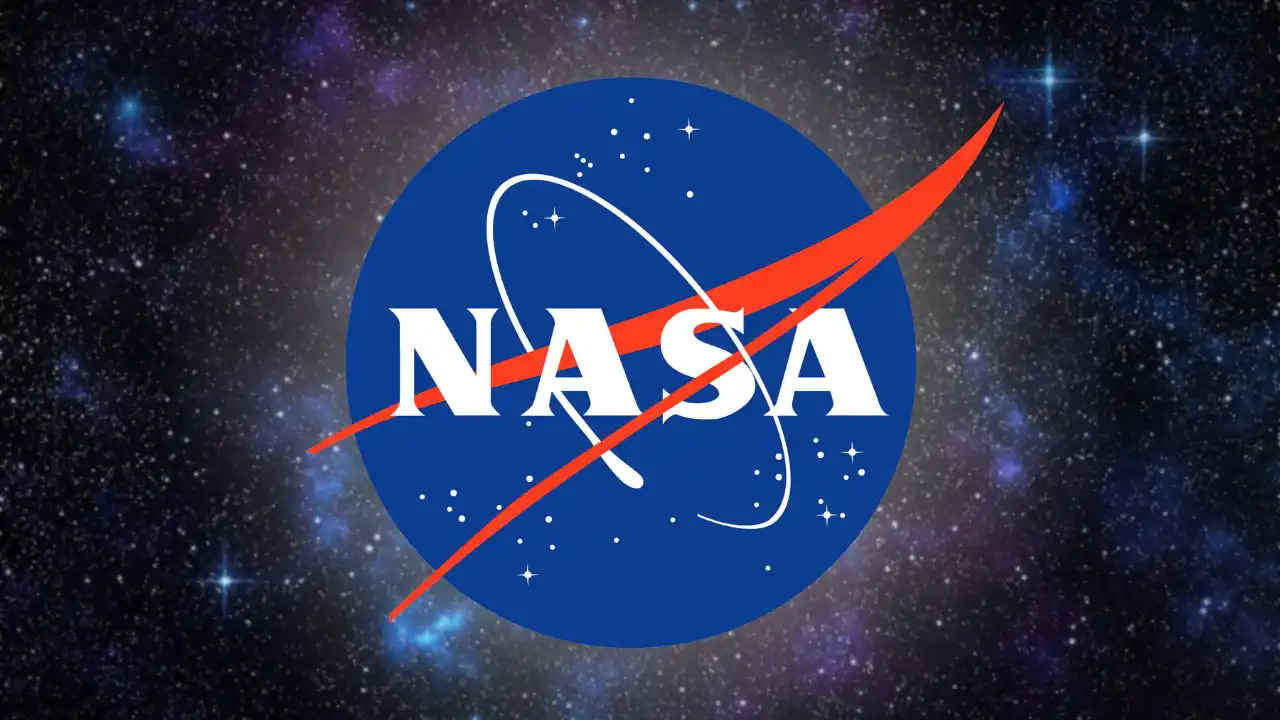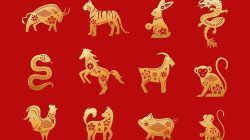NASA Releases High-Resolution Images of Asteroid Donaldjohanson
NASA has unveiled the first high-resolution images of the main-belt asteroid Donaldjohanson, showcasing its unique peanut-like shape. This discovery came after a significant encounter by the Lucy spacecraft earlier this year. The images were captured on April 20 during a fly-by of the asteroid, which resides in the solar system’s main asteroid belt. This milestone serves as an essential test for the mission’s primary objective: exploring Jupiter’s Trojan asteroids.
The Lucy mission used its L’LORRI imager to capture these detailed images just minutes before the closest approach to the asteroid. The photos reveal that Donaldjohanson is larger than previously thought, measuring approximately 8 kilometers in length and 3.5 kilometers in width at its broadest point. Its elongated, peanut-like form features a rugged, cratered surface.
According to NASA, the asteroid rotates slowly, taking 251 hours to complete one full rotation. Scientists are currently analyzing the data collected during the fly-by to gain deeper insights into the asteroid’s structure and composition.
Sharing the newly released image, NASA described it as “Asteroid Donaldjohanson as seen by the Lucy spacecraft from a range of about 1,700 miles (2,700 km), about 3.2 minutes before closest approach on April 20, 2025. This is the highest resolution image yet of the entire asteroid, taken just before it overfilled the L’LORRI field of view. The smallest visible features are about 130 feet (40 meters) across. The illumination conditions, with the Sun almost behind Lucy, greatly reduce the contrast of topographic details.”
A Legacy Named After a Pioneer
The asteroid is named after anthropologist Donald Johanson, who discovered the famous fossilized skeleton known as “Lucy,” a crucial find in the study of human ancestry. NASA’s Lucy mission takes its name from the fossil, as confirmed by the agency. This connection highlights the significance of the mission not only in space exploration but also in understanding our place in the universe.
A Crucial Test for the Mission
NASA scientists have described the successful fly-by as a “dress rehearsal,” demonstrating that both the spacecraft and mission team are well-prepared for the main objective—exploring Jupiter’s Trojan asteroids. The Lucy spacecraft is currently in a quiet cruise phase, traveling through the main asteroid belt at speeds exceeding 30,000 mph (50,000 km/h).
Upcoming Encounters and Goals
Lucy is expected to begin its encounters with Trojan asteroids in August 2027, starting with asteroid Eurybates. Over the course of less than 15 months, the mission will conduct four encounters and observe at least six asteroids, including two small satellites identified by the Lucy team. These observations will provide valuable data on the composition and history of these ancient celestial bodies.
Future Prospects and Scientific Insights
As the mission progresses, scientists anticipate gaining new insights into the formation and evolution of the solar system. The data collected from these encounters will help researchers understand the early conditions of the solar system and the processes that led to the formation of planets. Additionally, the mission may uncover clues about the origins of life on Earth by studying the materials present in these asteroids.
The Lucy mission represents a significant step forward in planetary science, combining advanced technology with scientific curiosity to explore the mysteries of our solar system. With each encounter, the mission brings us closer to unraveling the secrets of the cosmos and our place within it.







